There are 1,223 UNESCO World Heritage Sites around the globe, from the Great Pyramids of Giza to Easter Island to Independence Hall in Philadelphia. These landmarks have cultural, historical or scientific importance, and the World Heritage Site designation offers a level of protection — the program's goal is to keep these wonders around for future generations. For 2024, UNESCO granted World Heritage Site status to 24 new spots, including these seven highlights.
CLICK HERE to find out more options for traveling to these destinations
Beijing Central Axis, China
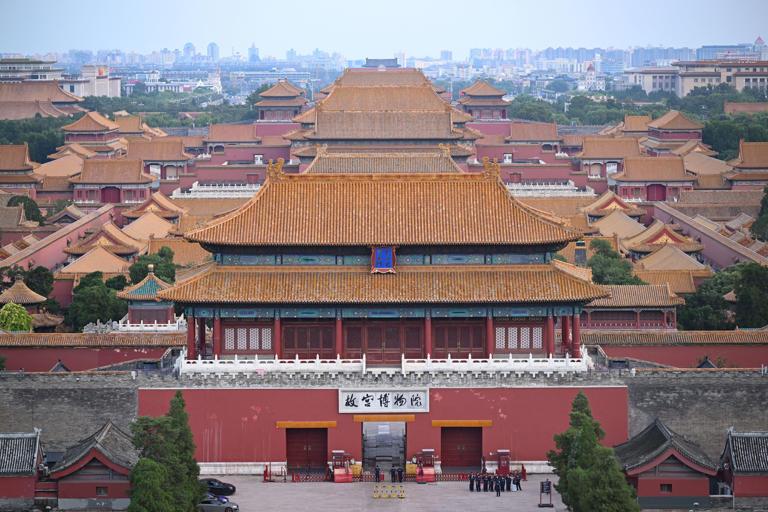
The Central Axis runs north to south through Beijing, showcasing imperial palaces, gardens and ceremonial and public buildings dating to the 13th century Yuan Dynasty. These structures "bear testimony to the evolution of the city" and exhibit "evidence of the imperial dynastic system and urban planning traditions of China," UNESCO said. The more modern areas of the Central Axis feature construction from the Ming and Qing dynasties.
Dacia, Romania
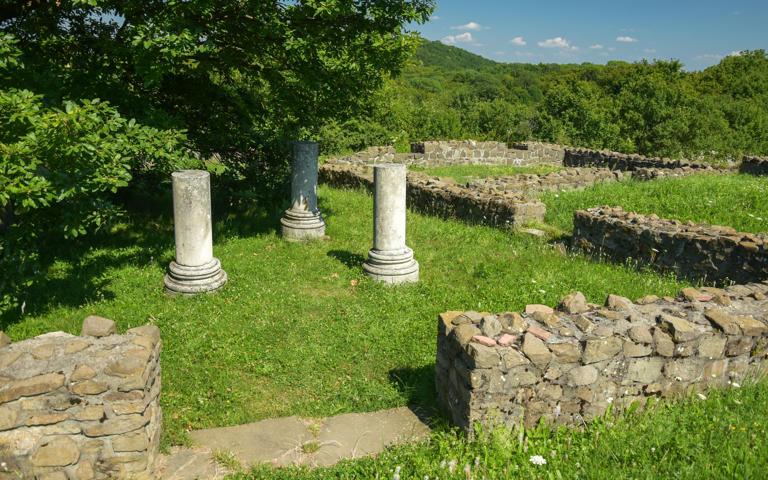
During the Roman Empire, the Dacian Limes formed the "longest, most complex land border" of any former Roman province in Europe, National Geographic said. North of the Danube River, these 277 auxiliary forts, ramparts, watch towers and legionary fortresses traverse 16 counties, making up a "network of eerie-looking" sites that "still stand as witnesses to the strategic role Dacia once played."
Historical Town and Archaeological Site of Gedi, Kenya
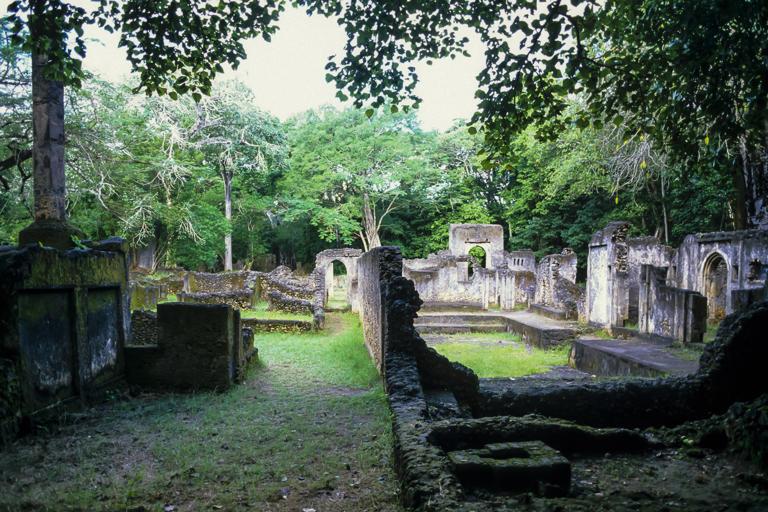
For centuries, Gedi was one of the most important Swahili towns near the East African coast, with a great mosque, palace, well-constructed homes and impressive infrastructure, including a water management system. Experts believe Gedi was founded in the 13th century, likely rebuilt in the 15th century during its most prosperous era and then permanently abandoned in the early 17th century. No one knows for sure why Gedi was deserted, with guesses including an epidemic wiping out the population or a Portuguese attack.
Lencóis Maranhenses National Park, Brazil
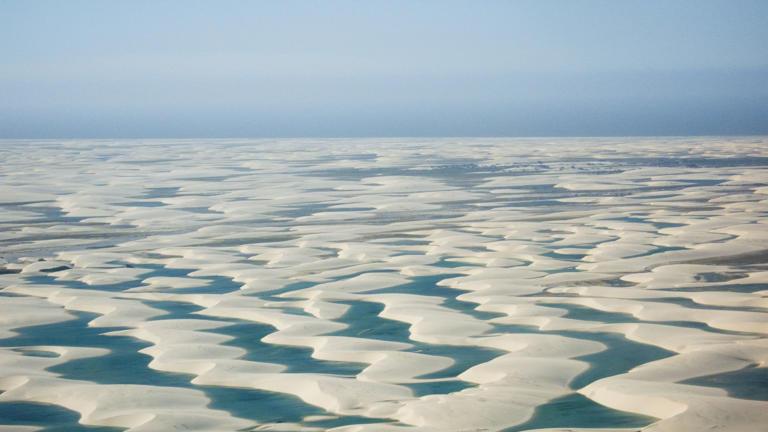
The white sand dunes and emerald and sapphire freshwater lagoons of Lencóis Maranhenses National Park create an otherworldly landscape in northeastern Brazil. Winds shape the dunes, and when it rains the lagoons change shape, depth, size and even color. More than 110 bird species and 42 reptile species call the park home, in addition to the endangered scarlet ibis, neotropical otter, oncilla and West Indian manatee.
Nelson Mandela Legacy Sites, South Africa

At these 14 sites representing "human rights, liberation and reconciliation," visitors can walk in the footsteps of Nelson Mandela and other anti-apartheid activists. The locations include the University of Fort Hare, where Mandela studied, and the village of Mqhekezweni, where he got his start in political activism. The site of the Sharpeville massacre is a somber stop, a place to remember the 69 Black protesters killed here in 1960 as they protested pass laws.
Schwerin Residence Ensemble, Germany
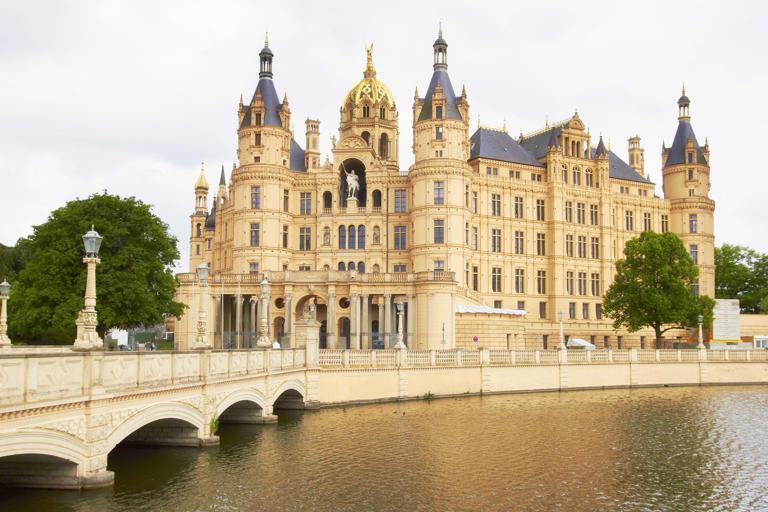
Nearly 40 elegant buildings make up the ensemble, with the Schwerin Castle, once the grand duke's residence, the most opulent. Filled with parks and ornamental lakes, most of the structures in Schwerin were built during the 19th century, when the city was the capital of the Grand Duchy of Mecklenburg-Schwerin. Architectural styles include neo-Baroque, neo-Classical and neo-Renaissance with touches of Italian Renaissance.
Umm Al-Jimal, Jordan
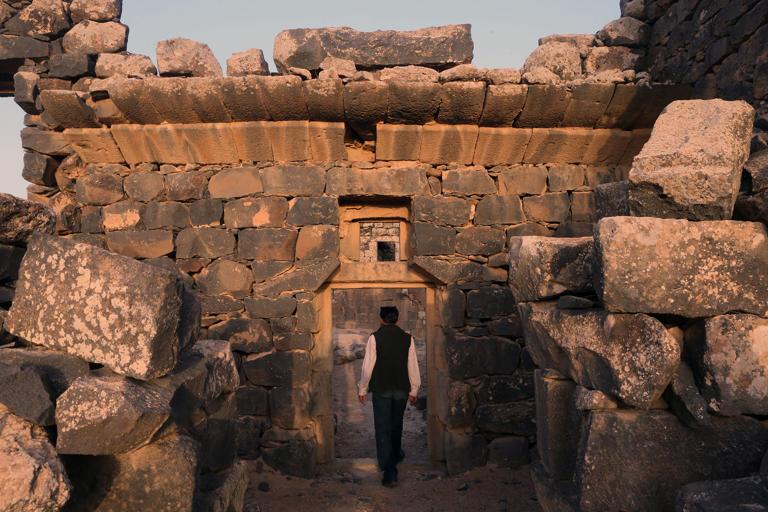
The ruins of Umm Al-Jimal near the Jordanian-Syrian border showcase "unpretentious urban architecture," Lonely Planet said, with the buildings providing a "fascinating insight into rural life during the Roman Byzantine and early Islamic periods." This rural settlement primarily functioned from the 5th century CE to the end of the 8th century CE, but archeologists have uncovered structures dating to the 1st century. Although not much is known about those early days in Umm Al-Jimal, researchers have been able to study the site more than others in the region, as it was "rarely looted or vandalized, which has left much of the original layout intact," Lonely Planet said
CLICK HERE to find out more options for traveling to these destinations
